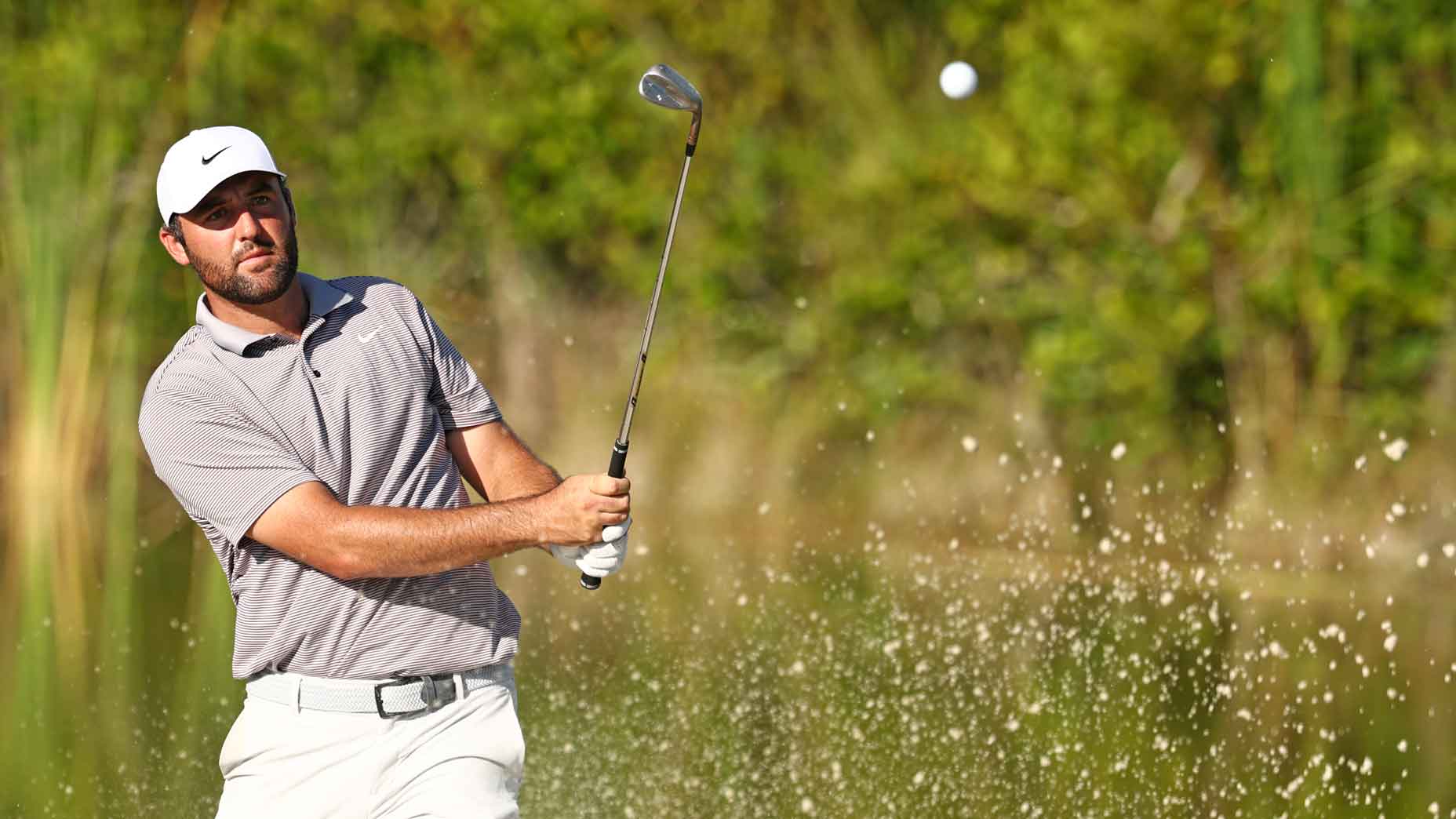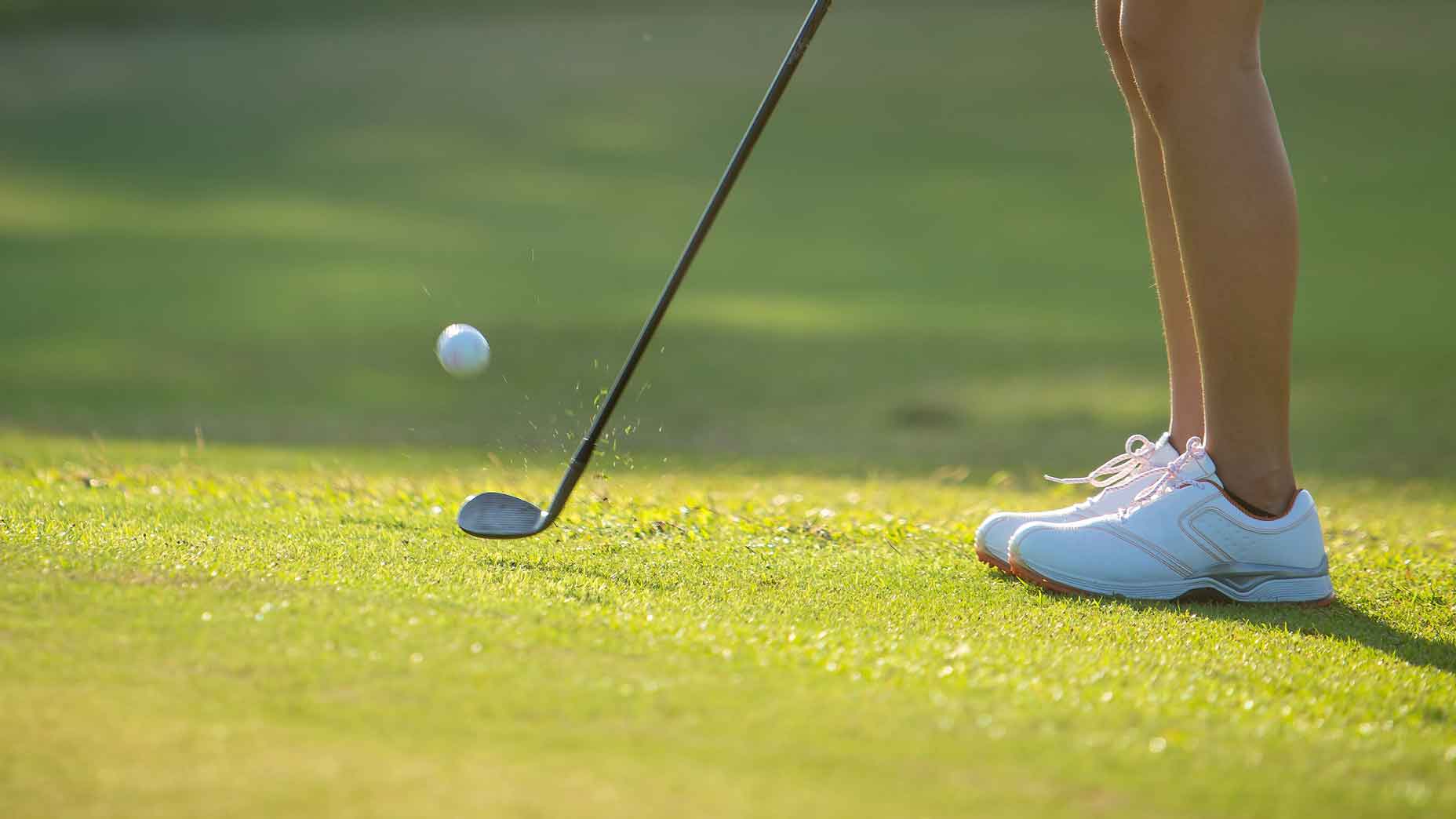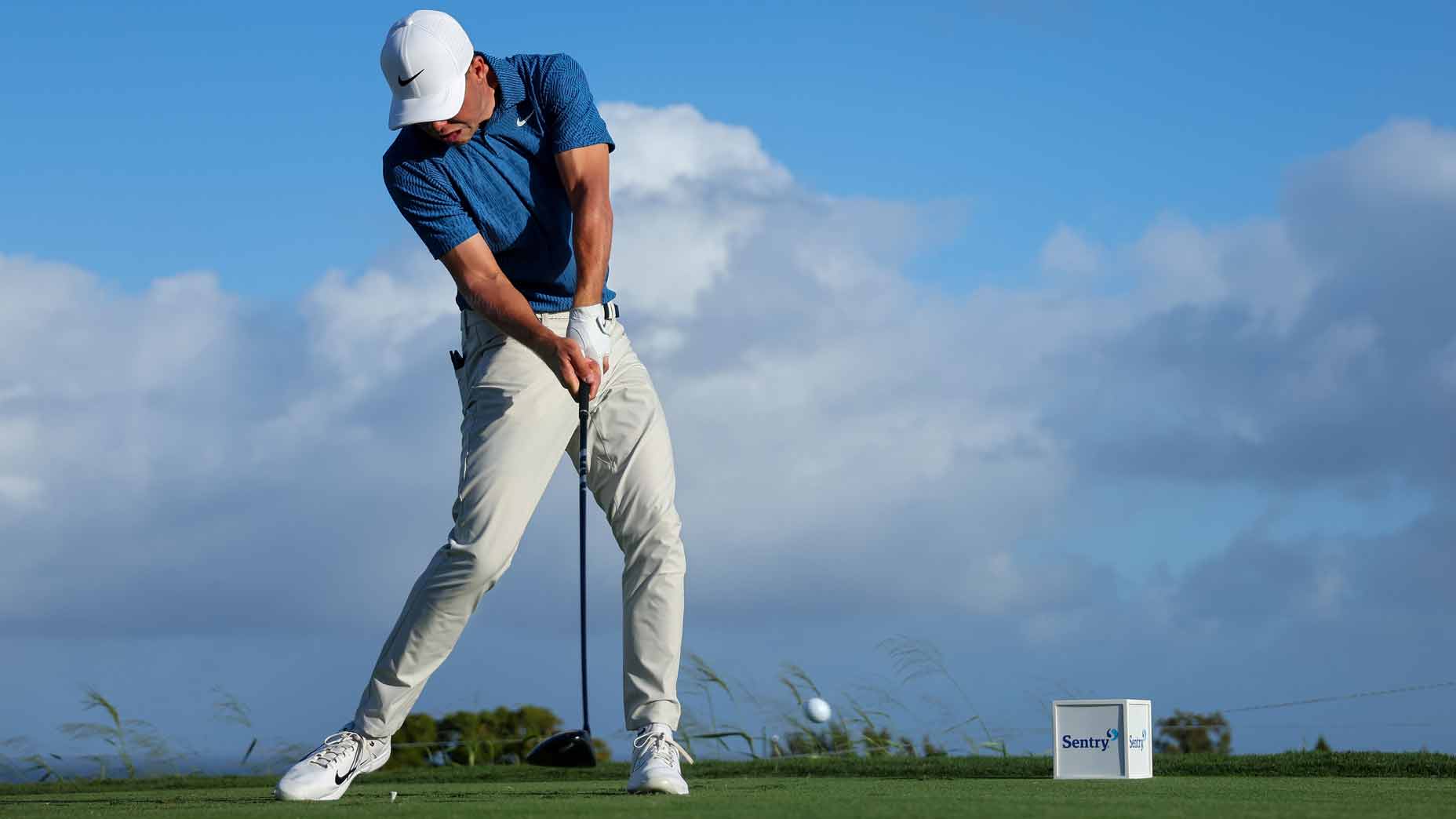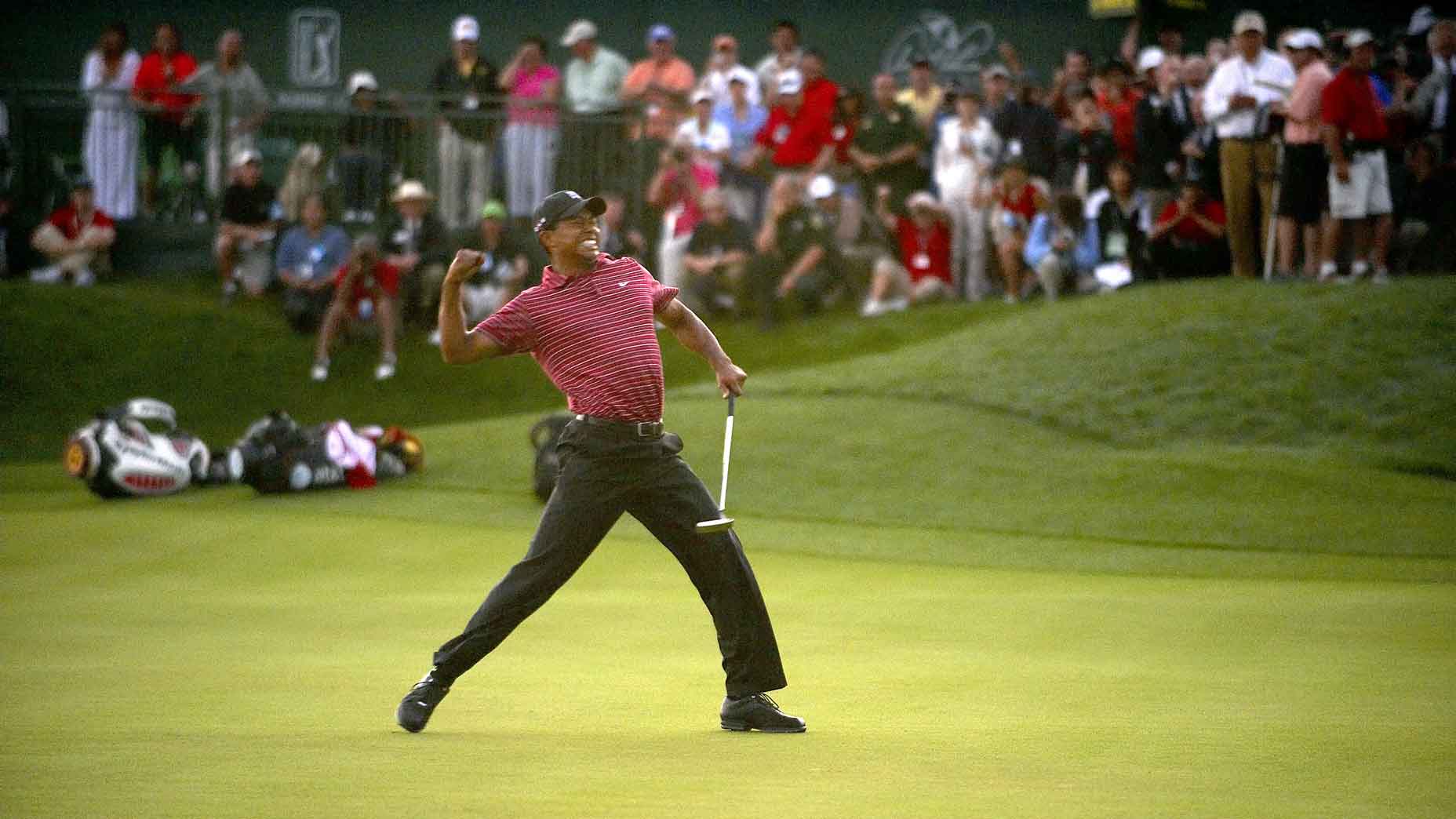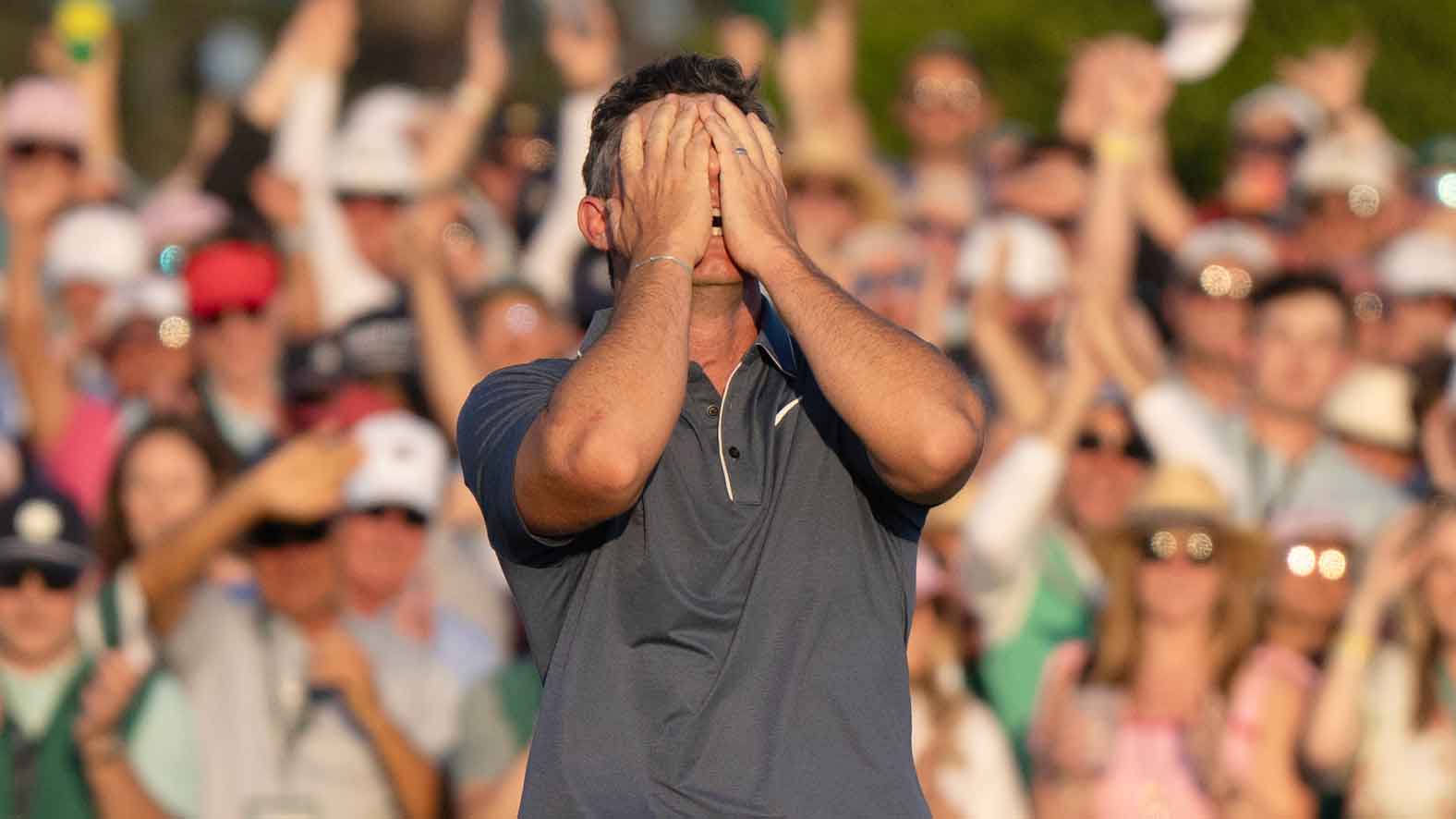It happens long before a major champion slips on the Green Jacket or hoists the Claret Jug. The work. Meticulous practice, training and preparation that starts weeks or months before the biggest tournaments of the year.
Even with all this planning, nothing is guaranteed. What it really comes down to is timing. Peak too early or too late, and all that effort is for not. So, how do the best players in the world figure out their formula to peak when it matters most?
For the seasoned veterans on tour, it’s almost second-nature. A mere rhythm in their game they’ve refined over years of experience. But, for the greener golfers on tour, the process is far from perfect. Many are still searching for an approach that clicks.
While no two players will train exactly the same, the goal remains: to peak when competing on the biggest stages in golf.
To uncover some of the secrets to dialing in your game when the pressure is on and stakes are at their highest, we spoke with a few past major champions to learn what works for them.
Brooks Koepka: Be deliberate and focus on course features
Five-time major champion Brooks Koepka says that his process starts about a month out and that he assembles his game gradually based on what the course requires.
“Typically a slow starter when it comes to playing actually good tournament golf, but everything seems to be piecing together nicely.” Koepka says.
“Just focused a lot on ball-striking. Everything inside maybe 200 yards is kind of what I tend to focus on quite a bit, and just touch around the greens, because you’re going to need that at Augusta,” Koepka says.
Patrick Reed: Inject pressure into your practice
As the 2018 Masters champion, Patrick Reed knows a thing or two about prepping for Augusta National.
“Really the process for me is just go out and make sure that my speed is right on my putting,” Reed said. “[I] do a lot of maintenance on the putting but mainly full-swing drills.”
However, Reed’s range sessions aren’t standard when major season rolls around.
“You very rarely get just a stock number out there,” Reed says, “Being able to hit different shots, being able to move it around and just a lot of one-time shots rather than sitting there and putting everything on auto.”
He explains that he likes to gamify his practice sessions leading up to big events. This approach allows him to simulate competition-like pressure on the range and track his progress to see what his rate of success is.
“You have one opportunity to do each shot and kind of like a round of golf and try to get above 70 percent,” Reed says.
Bryson DeChambeau: Gauge your game and go after the weak points
For two-time U.S. Open Champion Bryson DeChambeau major prep begins as soon as his season starts.
“My prep starts the first tournament of the year, whatever that is. I kind of see where my game is at and kind of go off of that and iterate off of it,” DeChambeau says.
These gradual adjustments and improvements give DeChambeau the time needed to dial in his game. This approach also gives him a deep understanding of his game. Which helps him identify his weak points and strengthen them in the weeks leading up to the events.
“I really start to heighten my focus probably two, three weeks before the start of the major season, and I get prepped in that kind of capacity,” DeChambeau says, “Whatever is struggling, whatever is falling short, I go after it.”


